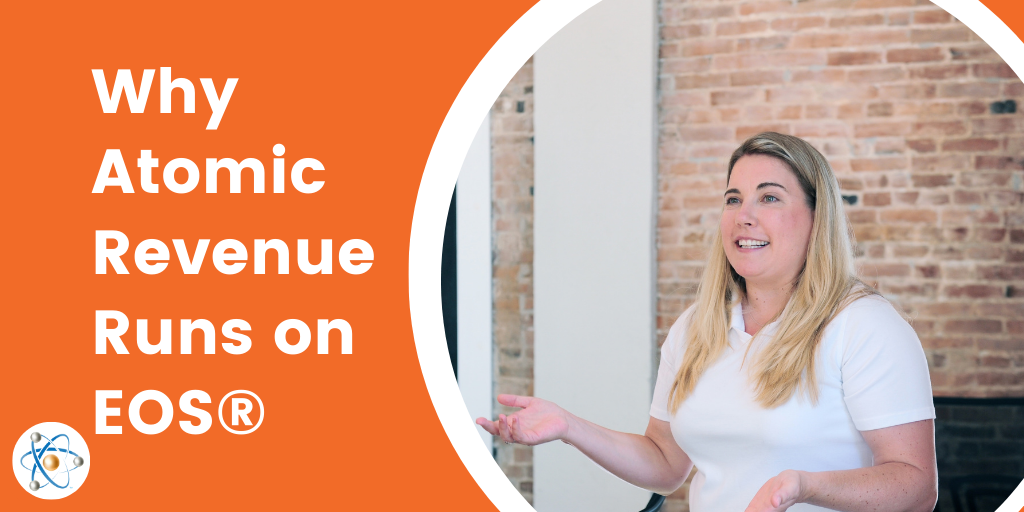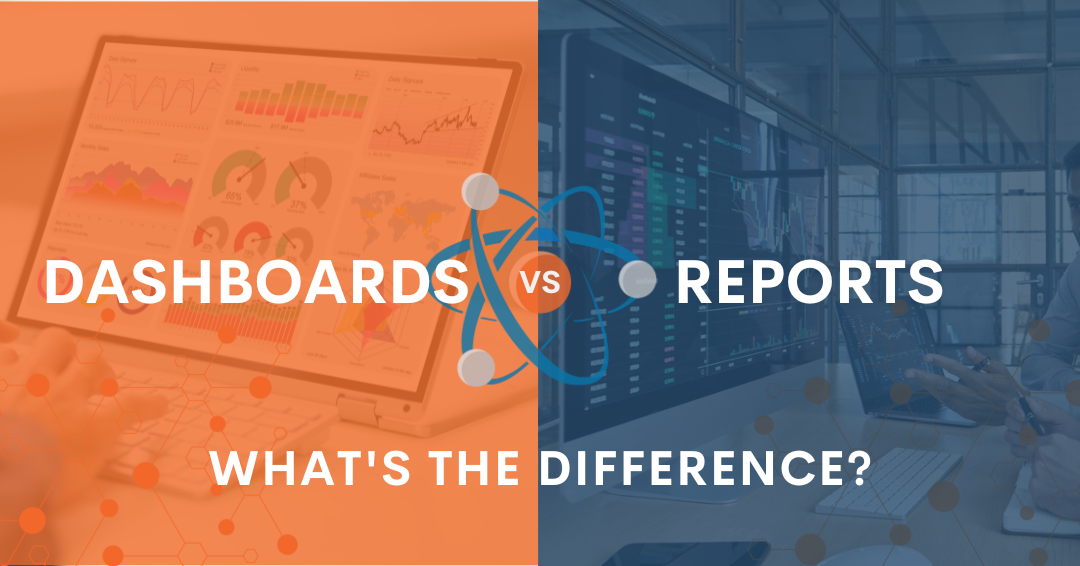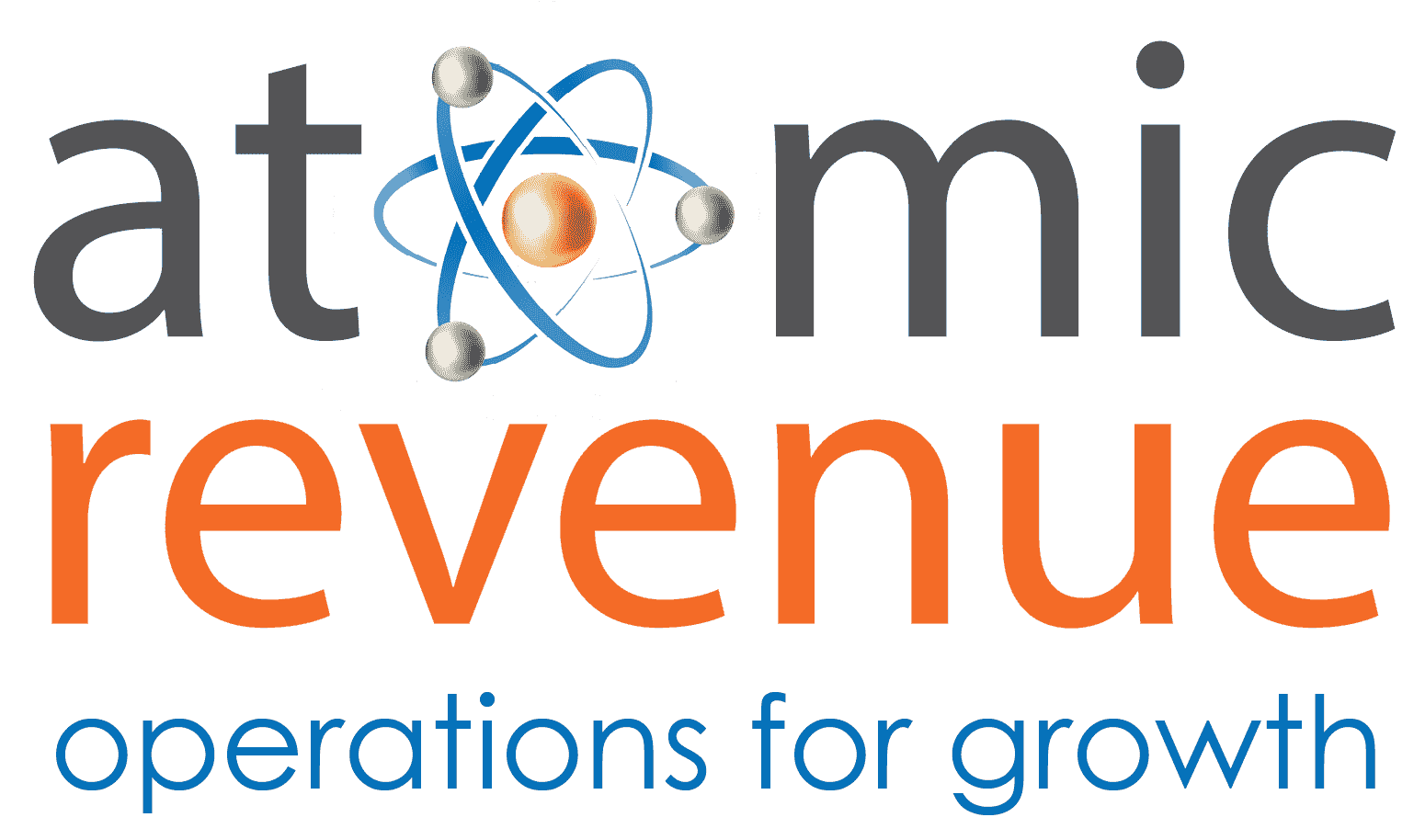Revenue operations focuses on the profitability outcomes that a business is trying to achieve. Most business leaders get revenue operations wrong – they think too narrowly about what it actually entails. The oversimplification of revenue operations limits profitability and impedes growth for any type or size of B2B company.
Atomic Revenue specializes in Solving Growth Challenges for B2B Engineering/ Technical Services Firms, and Technology Service Providers, driving predictable profitability. We align all the parts of a business, measure all outcomes, and empower people through process and data for end-to-end revenue production™ to help companies reach their ultimate objective — real, sustainable growth. So why did we choose to run on EOS when we already help our clients in the same cadence?
When you hear people talk about data visualization you often hear the terms “dashboard” and “report” used interchangeably — but is this correct? Are they interchangeable terms? The short answer is no. They are actually quite different in how they display information and data: but to put it simply, dashboards offer dynamic information; reports offer static data.
As a business owner or C-suite executive, it’s easy to fall into the trap of expecting a single metric to tell you everything you need to know about how well your company is doing. However, this is a mistake. As is assuming that because some numbers are trending in the right direction, everything else will fall into place.
Fortunately, these common key performance indicator (KPI) mistakes and others can be easily fixed once recognized. Take a look at the 8 common mistakes people make with KPIs in business and prep your data for improvements in your company.
What is Business Data & How do You Use it for Greater Profitability?
Business data programs can be full of new and confusing terms, especially if you’re just getting started, and often, many of them sound like they could be the same thing. So what is “business data'' and how do you use it to get the most from your efforts in working with data? Not only is it essential to understand data to help you interpret, track, and measure what is most essential to growing your business, but learning how to use it lends itself to greater profitability.
We’ve compiled some of the data terms you’re likely to come across and examined how they can be applied to support your business’s growth goals.
How Atomic Revenue Launched My Career: From Unfocused to Thriving
When I was introduced to Founder and CEO, Tara Kinney, and Chief Revenue Officer (CRO), Steph Hermanson, I was in the same place a lot of people find themselves today… working several different jobs and marketing side gigs while finishing up school, all with a pile of student loans, debts, and no real direction as to where I was going with my career.
How a Fire Protection Engineering Firm Increased NOI in a Down Market
When Atomic Revenue met the AIE management team in 2019, the company was facing a myriad of challenges, including, but not limited to, the fact that most revenue was tied to one client who was contemplating a reduced contract. AIE, also known as Alternatives in Engineering, also had a confusing brand identity, a website security issue, a longer sales cycle than most, trade show spend that was not paying off, and a multi-generational family leadership team taking over the company. Then the pandemic hit, and their largest client did, in fact, minimize their service contract.
In the modern business world, there are certain terms and phrases related to data that are important yet poorly understood because they’re often misused or made to seem overly complex. I’ve clarified the meaning of some of this terminology before, and today I want to talk about one specific adjective that you’ve probably seen countless times on LinkedIn, company websites (including this one), and business publications from Forbes to Fast Company: data-driven.
On a scale of 1-10, how much does your company value customer advocacy? To tell you the truth, viewing customer advocacy as anything less than a 10 (major business priority) means that your company is likely missing out on opportunities to reduce customer acquisition cost, boost brand awareness, and increase revenue. That’s why customer advocacy makes up ⅓ of Revenue Operations, along with lead generation and sales conversion. It’s a vital part of business growth!
An effective Chief Revenue Officer is an integrator. A successful facilitator. A tech-savvy leader who is the champion of companywide objectives across all departments. Ultimately, a CRO knows when, where, and how to ensure anything and everything that affects revenue outcomes – all people, process, and data – is on track.




.png)
.png)


.png)





